Radish
$2.50 /lbs. (pounds)
Radishes are a hardy, very easy-to-grow root vegetable that can be planted multiple times in a growing season.
189 in stock
Radishes are a hardy, very easy-to-grow root vegetable that can be planted multiple times in a growing season. Radishes can be harvested as soon as three weeks after planting.
Fall planting in North Texas: Late September/ Early October
| Weight | 1 lbs |
|---|
Be the first to review “Radish” Cancel reply
You must be logged in to post a review.
Related products
Barley has been grown in many regions. Barley is an excellent grain to feed and produces excellent forage for livestock and wildlife. In many areas there is not a cash market for the grain which has limited its use to mixes for pasture and wildlife.
An upright, cool-season, annual legume native to the Mediterranean region that grows to a height of 30 inches under good conditions. Seeds germinate in the fall, but grow slowly during the winter.
TAM 114 is a hard red winter variety with excellent drought tolerance and top yield potential combined with a superior disease package.
Red winter beardless wheat that is adaptive across the south to be used as a forage wheat. Beardless wheat has little to no awns which allows continued grazing when the seed is setting in late spring.
New rust-resistant, a cultivar of white-flowered, annual sweetclover (Melilotus albus Medik.) adapted to the south and central Texas.
Elbon Rye was developed in Oklahoma and is a Southern type of cereal rye. Cereal Rye is used in gardens and production fields to control nematodes and as a cover crop. Do not confuse with ryegrass or northern cereal rye.
Best when planted late summer or early fall and incorporated 1 to 2 inches in the soil. 50 lbs if drilling in poor soils, if broadcasting increase rate by 25%, if in good soils with good moisture drill at 100 lbs.
Unique cool-season annual legume native to the northeastern Mediterranean region and becoming widely used in North America and other parts of the world. Balansa can be used for grazing, hay, cover cropping, and wildlife feed.
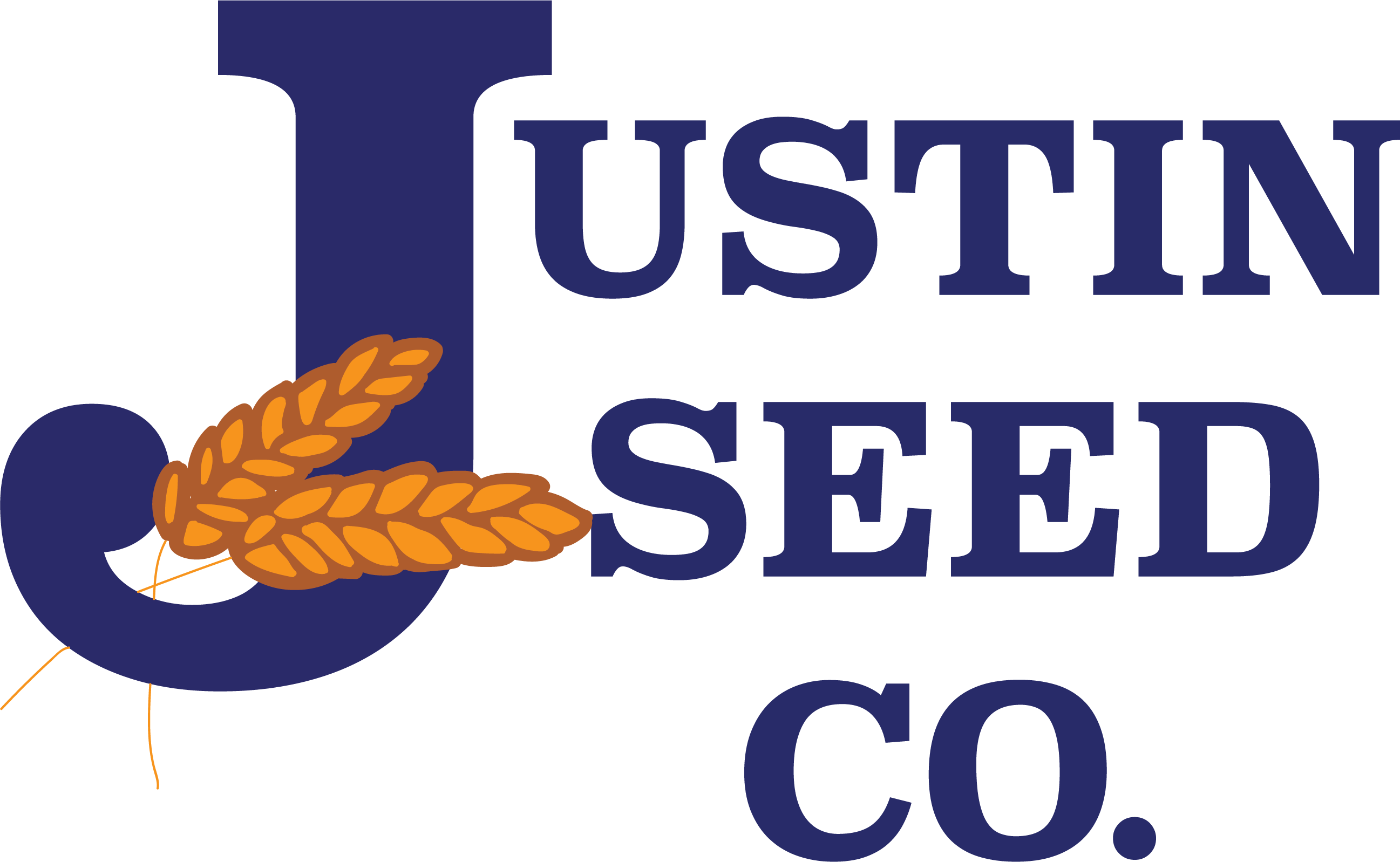
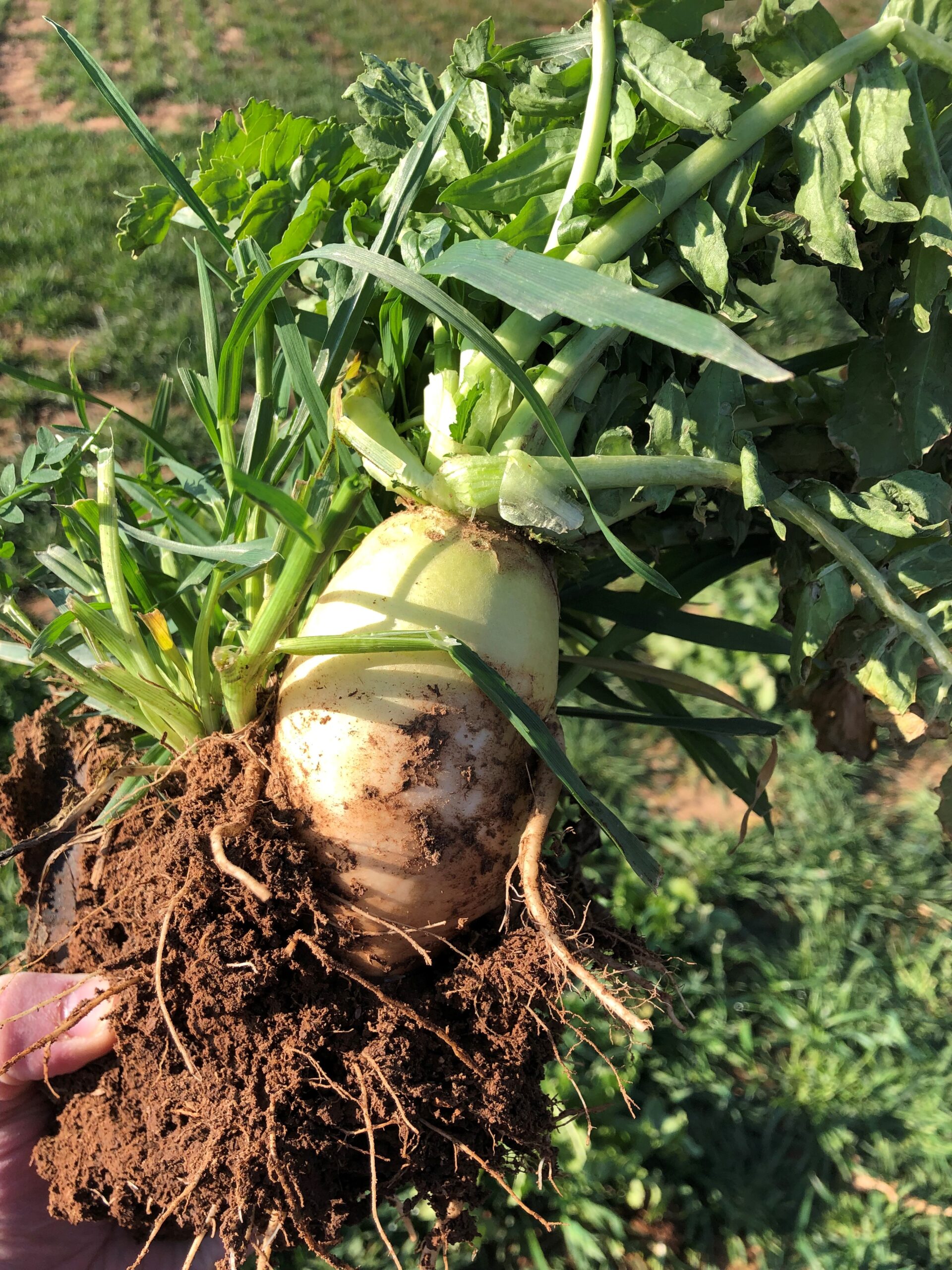
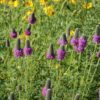
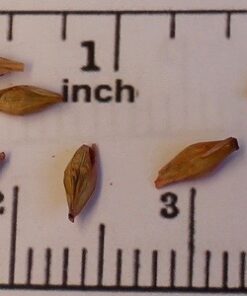





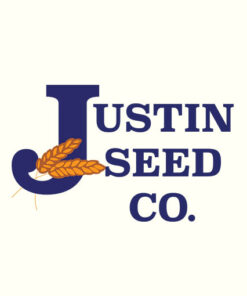

Reviews
There are no reviews yet.